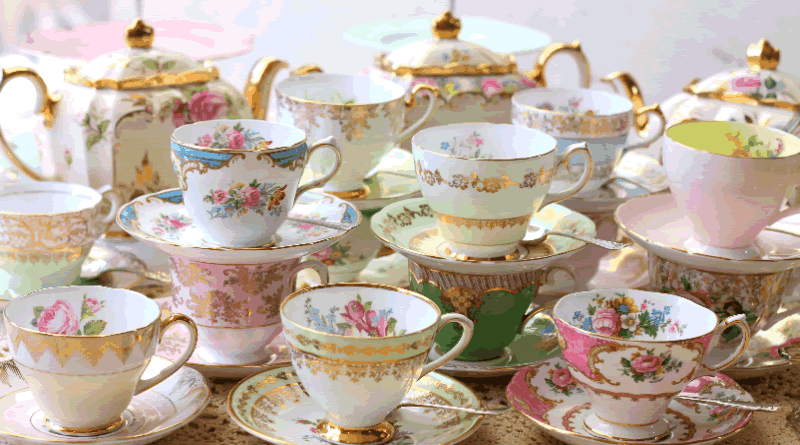If there’s one drink that qualifies as the nation’s favourite, it’s tea. This aromatic beverage is enjoyed across the nation, in a variety of different forms. We British get through around sixty billion cups of the stuff each year – which is a staggering amount when you consider our relatively small population compared to say, China or India. The only country that drinks more on a per-capita basis is the neighbouring Republic of Ireland.
So how did this drink come to arrive on these shores? It doesn’t grow here natively. The answer, as you might gather, comes in the form of the British Empire, which at one point spanned the entire globe. In order to appreciate this, however, we’ll need to delve further back in time.

Tea spread from China, where it’s been enjoyed as a medicinal brew for thousands of years. It wasn’t until relatively recently, however, that anyone decided that it should be enjoyed recreationally. Mostly, the tea was brewed fresh – which meant that transporting it to distant parts of the world was quite tricky.
It spread during the 16th century, eventually reaching Venice in around 1560. The Portuguese and Dutch were largely responsible for the early trade arrangements with the Chinese that eventually brought the drink to Europe. By the turn of the 17th century, regular shipments to Europe were a occurring. England, by contrast, was something of a latecomer.
Ironically, it was via a coffee house in London that the English first acquired a taste for tea. A merchant known as Thomas Garway owned a coffee house in Exchange Alley. He began to sell tea in both a liquid and dried form. He marketed it as a medicinal product, and sold it at an exorbitant price. By the turn of the 18th century, it could be found in hundreds of coffee houses across the country. This was an unwelcome development for the alcohol industry, who found their profits eaten into, and for the government, which was dependent on tax revenue brought in by the pubs.
The reigning monarch, Charles II, reacted in the most draconian way imaginable. He forbade the sale of tea in private houses. This measure was so unpopular that it proved almost impossible to actively implement. And so, in 1676, a tax was passed on tea, and those selling it were required to apply for a licence. Over subsequent years, this tax rose higher and higher, until by the mid-18th century the duty on tea had gotten to 119%. Naturally, like any vice tax, this created a considerable black market on the product, none of which drew in any tax revenue at all.
During this period of effective prohibition, tea smugglers brought their product into the UK by dealing with shipments from Scandinavia and the Netherlands. The smugglers would meet the ships offshore in tiny boats, and bring them inland via complicated passageways and other hidden routes. Smugglers would be able to sell their tea at a high price – and there would be no authority there to prevent them from cutting the product with any random piece of shrubbery they happened to have lying around.
Fortunately, this party came to an end in 1784 thanks to the good sense of William Pitt the younger. He brought the tax down to a far more reasonable 12.5%, and killed the illicit trade in tea overnight. It was at this point that tea consumption really skyrocketed in the UK, and it was almost on its way to becoming the established national beverage it now is.
Tea was, however, still quite expensive. This was largely thanks to the immense haulage costs associated with bringing it all the way from the Far East. For this reason, it was decided that the East India Company should be given a monopoly on tea trade, and this strategic resource was farmed intensively in India, where an enormous industry of tea cultivation persists.
If you’re thinking of visiting England, or you’re already a native of these shores, then you’ll probably want to know where the best place to sample the beverage is. What better place could there be than the River Thames?
A Thames river cruise will take you past all of the notable landmarks that dot the shores of the London stretch of this famous river, including the Houses of Parliament, the London Eye, and the Globe theatre. What’s more, you’ll be able to enjoy the sights while enjoying a spot of afternoon tea on the Thames. What could be better?
